-
About
- Kyoto Prize
-
Research Grants
-
Social Contributions
- Events
- News
About
Research Grants
Social Contributions
Visiting 3S Researchers
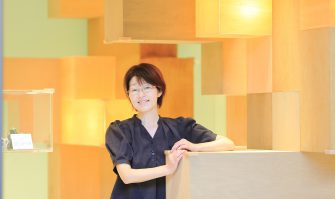
In the series "Visiting 3S Researchers," we interview researchers in 3S who are very active in a variety of fields. The 14th interview is with Dr. Megumi Sasaki (2022 Inamori Research Grant Recipient) from Health Care Center, Japan Advanced Institute of Science and Technology.
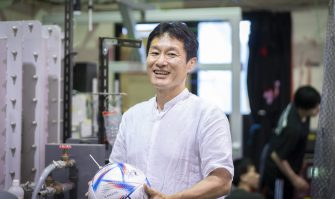
We had the privilege of visiting Dr. Kazuya Seo of Kogakuin University of Technology & Engineering, who kindly shared insights into his research in sports engineering, a scientific discipline that studies the world of sports.
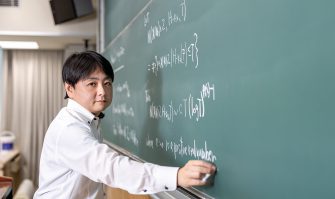
On a geometric figure determined by an equation involving multiple terms and variables, how many rational points are there?—One of the most famous problems in an academic discipline that considers such questions is Manin’s Conjecture. Dr. Sho Tanimoto of Nagoya University, a researcher of Manin’s Conjecture, has delivered significant achievements in this field.
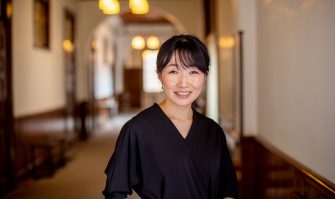
3S is the abbreviation for “Seiwa Scholars Society,” which consists of the past and current Inamori Research Grant recipients. The 3S has evolved since 1997 with the hope that the interactions among the various specialties of the 3S members can lead to the further development of the research of their own. In the series “Visiting...
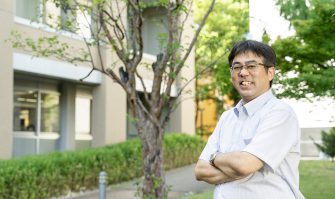
In the series "Visiting 3S Researchers," we interview researchers in 3S who are very active in a variety of fields. The tenth interview is with Dr. Masaya Oki (2008 Inamori Research Grant Recipient) from Graduate School of Engineering, University of Fukui.
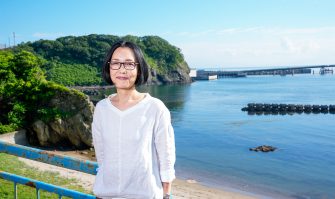
3S is the abbreviation for “Seiwa Scholars Society,” which consists of the past and current Inamori Research Grant recipients. The 3S has evolved since 1997 with the hope that the interactions among the various specialties of the 3S members can lead to the further development of the research of their own. In the series “Visiting...

In the series “Visiting 3S Researchers,” we interview researchers in 3S who are very active in a variety of fields. The eighth interview is with Dr. Eiji Yuba (2019 Inamori Research Grant Recipient) from the Osaka Metropolitan University.
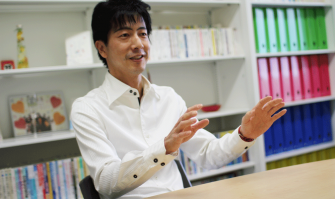
We interviewed Dr. Hayashi, who is studying the child mind using lies as a lead, to give us a detailed account on this topic of great interest.
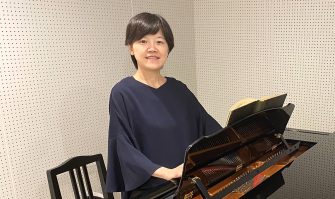
In the series “Visiting 3S Researchers,” we interview researchers in 3S who are very active in a variety of fields. The sixth interview is with Dr. Hiroko Nishida (2017 Inamori Research Grant Recipient) from Kyushu University.
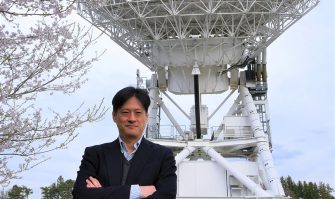
In the series "Visiting 3S Researchers," we interview researchers in 3S who are very active in a variety of fields. The fifth interview is with Dr. Mareki Honma (2003 Inamori Research Grant Recipient) from National Astronomical Observatory of Japan.
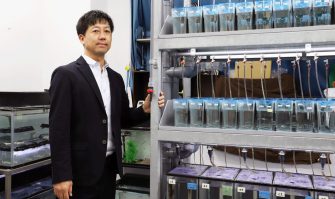
We interviewed Dr. Yuichi Takeuchi who seeks to understand the phenomenon of laterality from interdisciplinary perspectives!
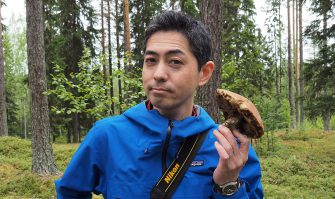
While considering new role and sustainability of the research station, Dr. Daisuke Akaishi, a program-specific assistant professor, realized that research carried out there needed to include not only the natural environment but also the livelihood of people in the whole surrounding basin formed by the rivers that originate in the forest.